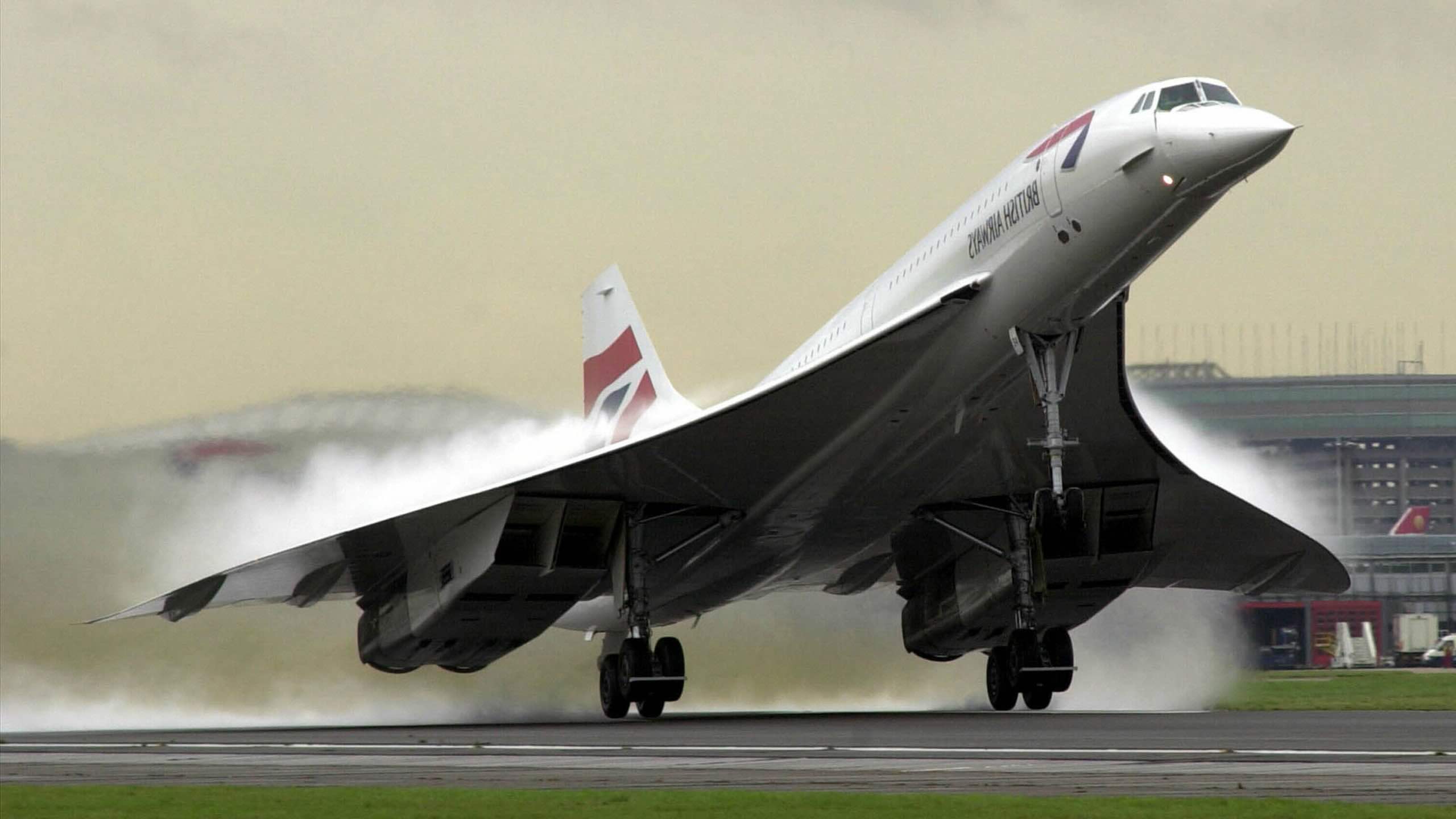
Supersonic passenger jets have always captured imaginations with their incredible speed and sleek designs. These marvels of engineering can travel faster than the speed of sound, making long-distance travel quicker than ever. But what exactly makes these jets so special? Supersonic jets like the Concorde once flew passengers across the Atlantic in under four hours, cutting travel time in half. Despite their retirement, new advancements hint at a future where supersonic travel might return. From their unique design features to the challenges they face, there's a lot to learn about these high-speed aircraft. Buckle up as we explore 25 fascinating facts about supersonic passenger jets!
The Birth of Supersonic Passenger Jets
Supersonic passenger jets revolutionized air travel by dramatically reducing flight times. These marvels of engineering captured the imagination of travelers and aviation enthusiasts alike.
- The Concorde was the first supersonic passenger jet to enter commercial service in 1976.
- Concorde could travel at speeds of up to Mach 2.04, more than twice the speed of sound.
- The Soviet Union developed its own supersonic passenger jet, the Tupolev Tu-144, which first flew in 1968.
Speed and Performance
Supersonic jets were designed to cut travel time significantly, making long-haul flights much shorter.
- A flight from New York to London on the Concorde took just about 3.5 hours, compared to 7-8 hours on a subsonic jet.
- Concorde's cruising altitude was around 60,000 feet, much higher than typical commercial jets.
- The aircraft's delta wing design helped achieve and maintain supersonic speeds efficiently.
Technological Innovations
These jets incorporated cutting-edge technology to achieve their remarkable performance.
- Concorde's nose could droop to improve pilots' visibility during takeoff and landing.
- The aircraft used afterburners to provide additional thrust during takeoff and acceleration to supersonic speeds.
- Special heat-resistant materials were used in the construction to withstand the high temperatures generated by air friction at supersonic speeds.
Environmental and Economic Challenges
Despite their advantages, supersonic jets faced significant hurdles.
- The sonic boom created by breaking the sound barrier limited where these jets could fly over land.
- Operating costs for supersonic jets were significantly higher than for subsonic jets, making tickets very expensive.
- The Concorde consumed more fuel per passenger mile than subsonic jets, raising environmental concerns.
The End of an Era
The era of supersonic passenger travel was relatively short-lived due to various factors.
- The Concorde was retired in 2003 after 27 years of service.
- A fatal crash in 2000 and the subsequent downturn in air travel after 9/11 contributed to the Concorde's retirement.
- Only 20 Concordes were ever built, with just 14 entering commercial service.
Future of Supersonic Travel
Despite the challenges, interest in supersonic travel has not waned.
- Several companies are currently developing new supersonic passenger jets, aiming to address past issues.
- Boom Supersonic's Overture jet is expected to fly at Mach 2.2 and aims to be more fuel-efficient and environmentally friendly.
- NASA is working on the X-59 QueSST, a quiet supersonic technology demonstrator designed to reduce the impact of sonic booms.
Cultural Impact
Supersonic jets left a lasting mark on popular culture and the aviation industry.
- The Concorde became a symbol of luxury and technological prowess, often associated with celebrities and high-profile figures.
- The aircraft featured in numerous films, TV shows, and advertisements, cementing its iconic status.
- Concorde's distinctive shape and capabilities inspired generations of engineers and aviation enthusiasts.
Interesting Tidbits
Here are some lesser-known facts about these incredible machines.
- Concorde's fastest transatlantic crossing was 2 hours, 52 minutes, and 59 seconds, achieved in 1996.
- The aircraft's cabin was relatively small, seating around 100 passengers in a 2-2 configuration.
- Despite its speed, passengers experienced less jet lag due to shorter travel times and the ability to fly westward faster than the Earth's rotation.
- Concorde's final flight in 2003 was a highly publicized event, drawing crowds of admirers and aviation fans.
The Future of Supersonic Travel
Supersonic passenger jets have always fascinated us. From the Concorde's groundbreaking flights to the potential of new technologies, these jets promise faster travel times and a touch of glamour. Companies are racing to develop the next generation of supersonic aircraft, aiming for quieter, more efficient, and environmentally friendly designs. Imagine flying from New York to London in just a few hours, making business trips and vacations more accessible. While challenges like noise regulations and fuel efficiency remain, the progress is undeniable. The dream of supersonic travel is not just a relic of the past but a vision for the future. Keep an eye on this space; the skies might soon be filled with the roar of supersonic jets once again. Exciting times are ahead for aviation enthusiasts and travelers alike.
Was this page helpful?
Our commitment to delivering trustworthy and engaging content is at the heart of what we do. Each fact on our site is contributed by real users like you, bringing a wealth of diverse insights and information. To ensure the highest standards of accuracy and reliability, our dedicated editors meticulously review each submission. This process guarantees that the facts we share are not only fascinating but also credible. Trust in our commitment to quality and authenticity as you explore and learn with us.
